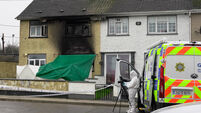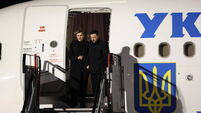Government think tank warns of increased risk of house price crash
According to the Economic and Social Research Institute’s (ESRI) latest economic bulletin, several factors have increased the risk of a bubble in the market.
Since mid-2005, house prices started to rise again, increasing in value from 6% in mid-2005 to over 10% at present.












